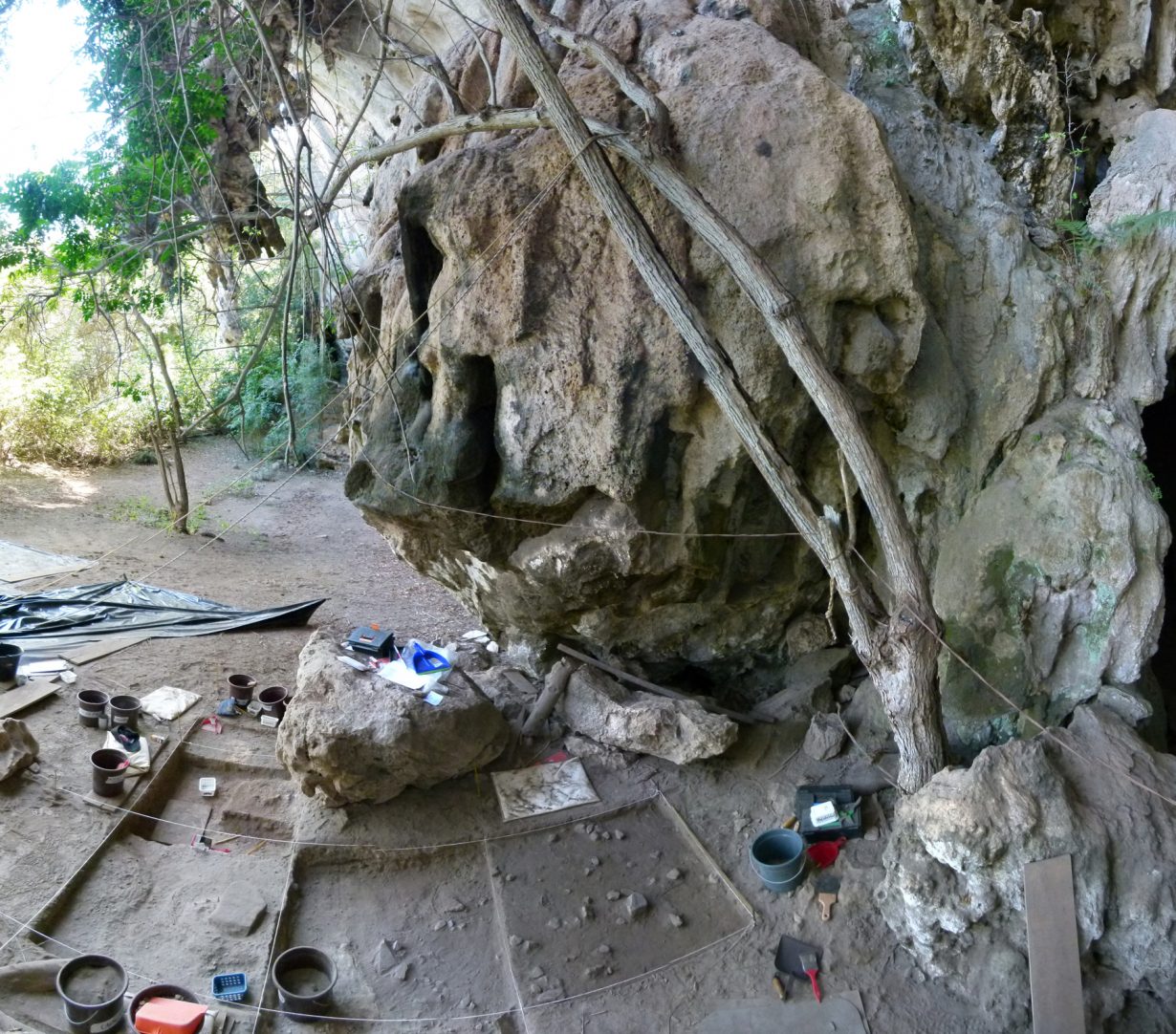
Beer giant Heineken says that it will not go ahead with the construction of a new factory `after Brazilian activists claimed it risked damage to an important archeology site.
In 2020 the brewery announced plans for a new bottling plant in Pedro Leopoldo, in the state of Minas Gerais. The planned site was 800 metres from Lapa Vermelha where, in 1974, ‘Luzia’ was found, the oldest skeleton of a woman discovered in the Americas. There are over 600 caves in the area, many containing traces of prehistoric people and animals. Previous digs has verified the theory that the Americas had been occupied by four migratory flows. Three of Mongolian origin, genetically similar to today’s indigenous Brazilian groups; and a fourth migratory flow of non-Mongols, with characteristics similar to those of Africans and Aborigines in Australia.
An online petition, which reached over 35,000 signatures, also warned over possible environment damage due to the amount of water Heineken would need. ‘The region has a great history of scientific research in the scope of archeology, paleontology, speleology and biology… Mismanagement of water and heritage resources may also bring irreversible damage to nature and science in general, compromising future studies that could be developed in this conservation unit.’
Mauro Homem, director of corporate affairs at the brewery told El Pais that though they had obtained an environmental license and had been given the green lights by the courts, the company recognised its plans ‘divides opinions’. The project had been welcomed by local politicians as bringing much-needed jobs and income to the area.
‘In order to move forward, we would have to devote more time to carrying out new studies,’ Homen said. ‘For all that, we made the decision to look for another area that will meet the demand of the coming years.’
The ‘Luiza’ skeleton, which dates back 11,500 years to the Upper Palaeolithic period was partially destroyed in the 2018 fire at the National Museum of Brazil.